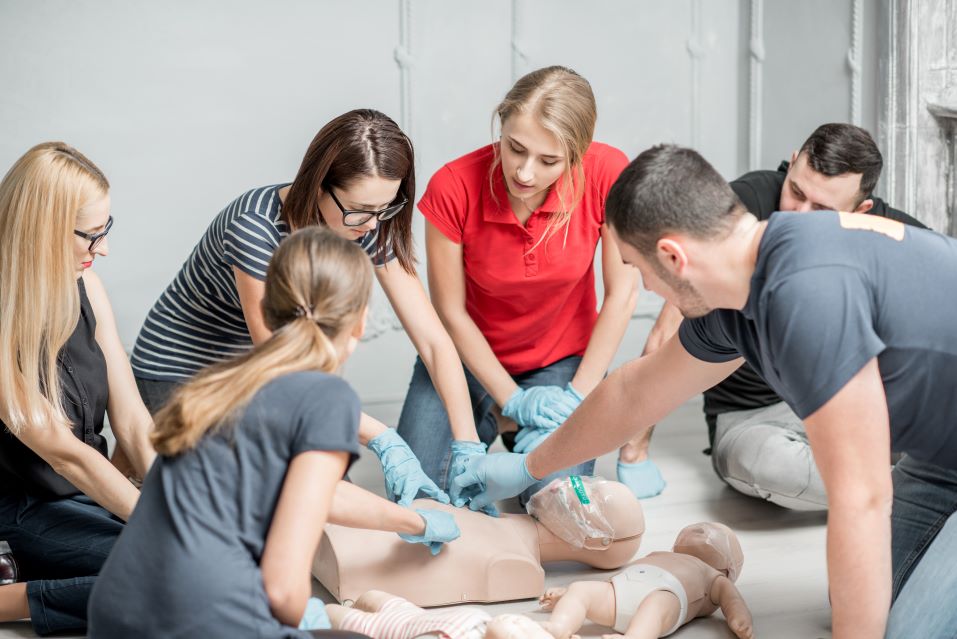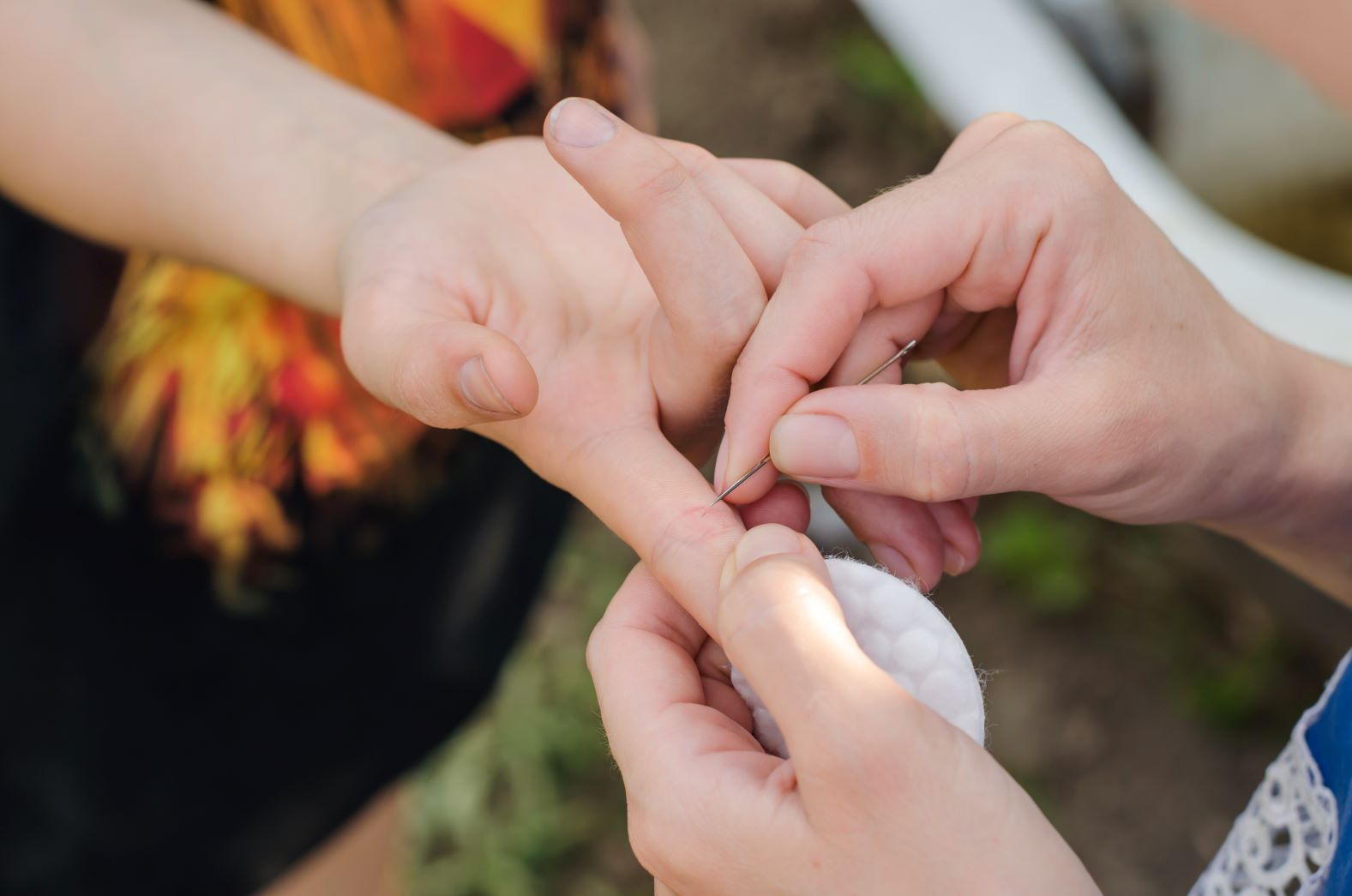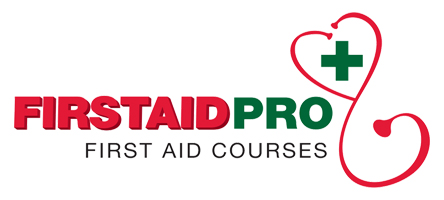May is officially the season of sniffles, sneezing, and slips in Australia. If you live in the southern part (or other cold regions), you know the drill—three to four months of heavy clothing, sticky, icy grounds, and generally freezing outside.
Aside from the inconvenience and discomfort, another thing no one looks forward to during winter is the onset of the cold and flu season. Exposure to low temperatures weakens the immune system, making it hard for the body to fight off germs and viruses. The Winter season exposes an added risk of hypothermia and other immune-related diseases.
To stay safe throughout this weather, you need to prepare for protection against potential illnesses and injuries. So, snuggle up with your favourite blanket and hot beverage while reading these basic first aid tips for the cold weather to get yourself ready for the Australian winter.
1. How to deal with cold or flu?
If you’ve ever had the displeasure of dealing with a cold or flu, you know exactly how terrible it can make you feel. This condition may include symptoms like breathing difficulties, lasting fever, persistent vomiting, or seizures.
First aid training will help you easily identify the warning signs of severe flu. When the symptoms become somewhat unmanageable, quickly consult advice from a medical professional. This condition may worsen and lead to pneumonia if not treated right away.
2. How to treat a broken bone?
As mentioned previously, winter is the season of slips and spills. Because of the slick and icy ground present, people are more vulnerable to sprains and broken bone injuries. First aid treatment is important if someone has a broken bone. It can prevent further damage and, in some cases, may even save a life.
If the injury is bleeding, use a clean cloth and hold it tight to the injured site to stop the bleeding. For mild swelling, you can use an ice pack to numb the pain. If you suspect that the injury is serious, call emergency response services right away.
3. How to treat hypothermia?
When exposed to cold conditions, the body’s core temperature begins to drop, and symptoms of hypothermia will start to appear. When the signs of hypothermia are detected, it is crucial to provide first aid immediately—even in mild cases.
First aid for hypothermia requires the victim to be transferred to a warm place. Remove all wet clothing and replace it with dry clothes or thick blankets and encourage the victim to drink warm water. If the victim is not showing any signs of improvement, call 000 or take the victim to a medical facility as soon as possible.
Here are additional first aid tips for winter to help you get through a severe stretch of cold…
- Dress in layers. If possible, wear a tightly woven, wind-resistant coat or jacket. Protect your other exposed areas by using hats, scarves, gloves, and waterproof boots.
- Drink plenty of liquids. Not having enough fluid during winter can cause your core temperature to drop. Drink plenty of fluids but avoid caffeinated or alcoholic beverages as they may lead to dehydration.
- Build a winter emergency kit. Be prepared for any weather-related emergencies, including power outages. Stock your winter emergency kit with items that provide warmth, alternate power and, of course, food and water.
Learn first aid to stay safe and healthy during the chilling winter months.








